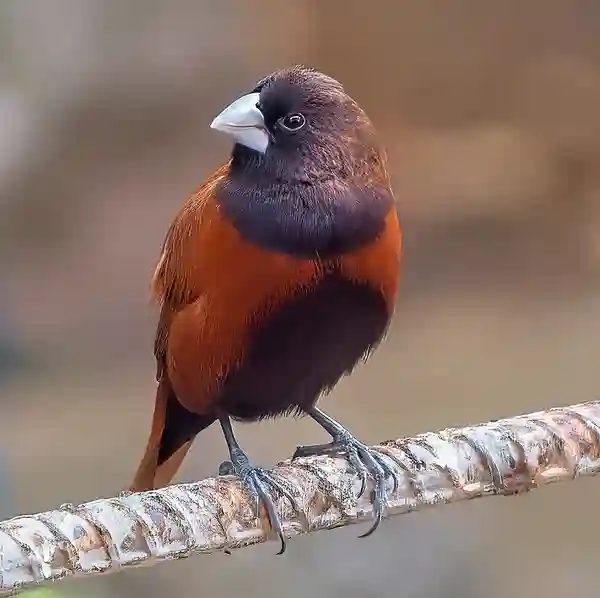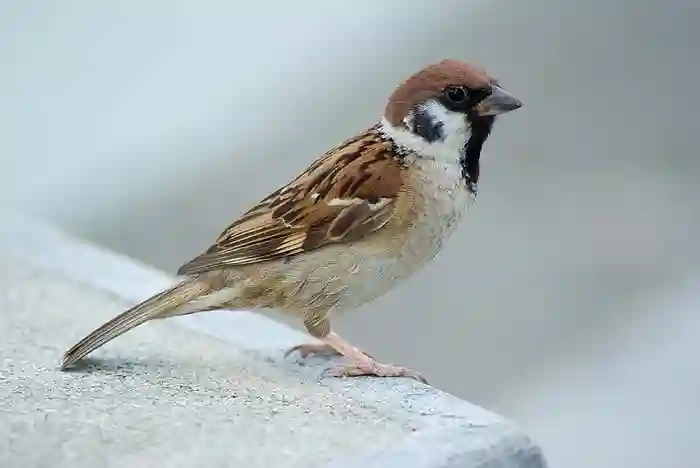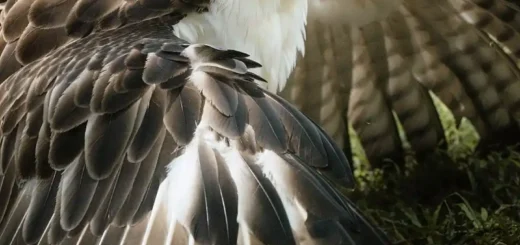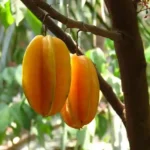Maya Bird of the Philippines – A Small Bird with a Big Legacy

In the vibrant landscape of the Philippines, one bird has quietly woven itself into the country’s culture, memory, and even its poetry — the Maya bird. Though small and often overlooked, the Maya is more than just a common sight perched on rooftops or flitting through rice fields. It’s a living symbol of the Philippines natural beauty, cultural heritage, and ecological complexity.
What is the Maya Bird?
The term “Maya” is actually a local catch-all name referring to several species of small passerine birds, but traditionally, it referred to the Chestnut Munia (Lonchura atricapilla), known locally as mayang pula (red maya). This species was once recognized as the national bird of the Philippines — until 1995, when the majestic Philippine Eagle took its place.
There are several other birds commonly called maya across the archipelago, including:
- Eurasian Tree Sparrow (Passer montanus) – the most common “maya” in urban areas
- Scaly-breasted Munia (Lonchura punctulata)
- Black-headed Munia (Lonchura malacca)
Over time, especially in cities, the Eurasian Tree Sparrow became the most visible “Maya” due to its adaptability to human settlements.

Eurasian tree sparrow (Passer montanus) in Nagai Park, Osaka, Japan – Creative Commons | Author: Laitche – Source: https://commons.wikimedia.org/wiki/File:Tree_Sparrow_August_2007_Osaka_Japan.jpg
Cultural Significance
The Maya bird has long held a place in Filipino folklore and tradition. In folk songs, poems, and children’s stories, the Maya symbolizes humility, simplicity, and freedom. Older generations still recall school lessons and local poems that praised the maya as a model of Filipino values — unassuming yet resilient, humble yet enduring.
Even though the Philippine Eagle is now the official national bird, the Maya remains a sentimental favorite for many Filipinos, especially those who grew up in the countryside where these birds would nest under nipa roofs or in bamboo groves.
Ecological Role
Despite its small size, the Maya bird plays a vital role in the ecosystem. It helps control insect populations and assists in seed dispersion, making it an unsung hero of local biodiversity. The bird is also a key part of the food web, providing sustenance for larger predators.
Maya birds are particularly associated with rice fields, where they forage for grains and insects. While some farmers consider them pests, their presence also indicates a healthy agricultural ecosystem.
Conservation and Changing Populations
Interestingly, while the Eurasian Tree Sparrow (an introduced species) thrives in urban areas, the native Maya species like the Chestnut Munia are less commonly seen in cities today. Habitat loss, pesticide use, and changes in land use have impacted their numbers. As the Philippines continues to develop rapidly, ensuring that native bird species like the Maya are protected is increasingly important.
A Symbol Worth Remembering
The Maya bird may no longer hold the title of national bird, but it continues to hold a place in the Filipino heart. Its unassuming nature mirrors the quiet resilience of the Filipino people. As cities expand and concrete replaces green, spotting a Maya bird can still evoke childhood memories, rural landscapes, and a connection to the natural world.
In a rapidly changing country, the Maya bird serves as a gentle reminder of simpler times — and the need to protect the wildlife that has long been part of the nation’s soul.
Did you grow up seeing Maya birds in your backyard or schoolyard? Share your story in the comments below!
References:
https://en.wikipedia.org/wiki/Maya_(bird)










